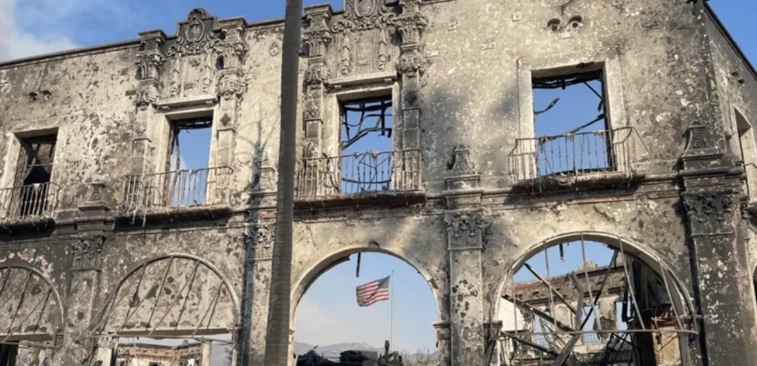Unveiling the Incredible Landforms Created by Diastrophism
Diastrophism is a geological process that involves the deformation of the Earth’s crust. This process leads to the creation of various landforms that are truly incredible to behold.
Mountains Rising and Valleys Forming
One of the most striking results of diastrophism is the formation of mountains. The intense pressure and movement of tectonic plates force the Earth’s crust to fold and buckle, leading to the uplift of massive mountain ranges such as the Himalayas and the Andes. In contrast, valleys are created when the Earth’s crust is pushed downward, forming deep low-lying areas between mountain ranges.
Faults and Folds
Diastrophism also gives rise to faulting and folding of the Earth’s crust. Faults occur when rocks on either side of a fracture move relative to each other. This movement can result in the formation of fault lines, which can be seen in areas of high seismic activity. Folding, on the other hand, occurs when rock layers are bent or curved due to the immense pressure exerted during diastrophism.
Plateaus and Basins
Another notable landform created by diastrophism is plateaus. These elevated flatlands are formed when tectonic forces push the Earth’s crust upward, resulting in large, expansive areas of relatively flat terrain. In contrast, basins are low-lying areas that are created when the Earth’s crust subsides or sinks due to tectonic forces.
Oceanic Trenches and Mid-Ocean Ridges
Diastrophism also plays a crucial role in shaping the Earth’s oceanic features. Oceanic trenches are deep, elongated depressions in the seafloor that are formed when one tectonic plate subducts beneath another. In contrast, mid-ocean ridges are underwater mountain ranges that are created by the upwelling of molten rock from the Earth’s mantle.
Conclusion
The incredible landforms created by diastrophism are a testament to the immense power and forces at work within the Earth’s crust. From towering mountains to deep oceanic trenches, these geological processes have shaped the world we live in today, providing us with a reminder of the dynamic and ever-changing nature of our planet.

